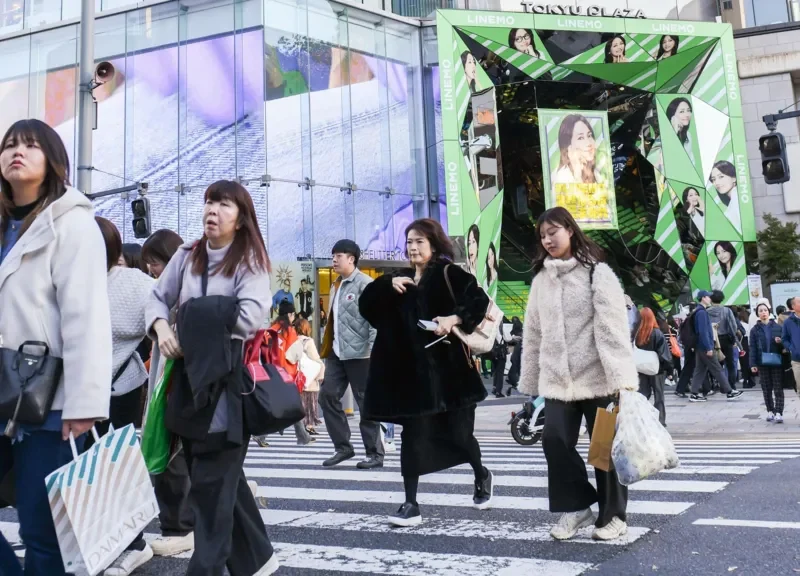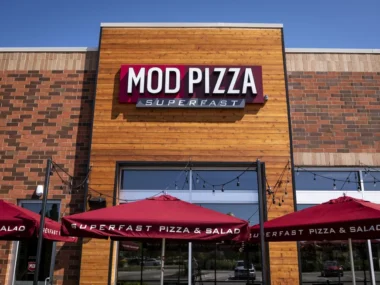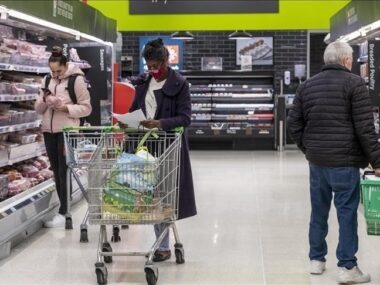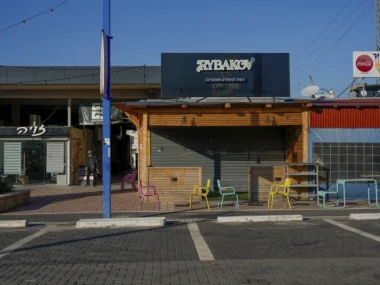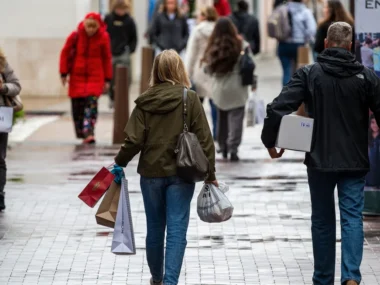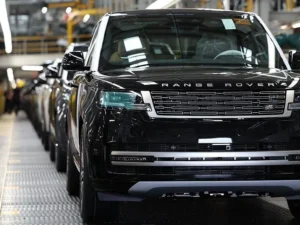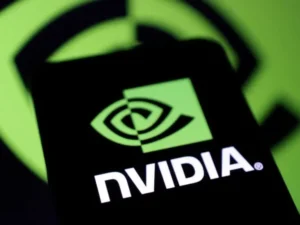Japan’s central bank has raised borrowing costs to their highest level in 17 years, driven by a surge in consumer price increases.
The Bank of Japan (BOJ) raised its short-term policy rate to 0.5% shortly after economic data revealed that prices rose at the fastest rate in 16 months last month.
This marks the BOJ’s first rate hike since July when an increase, combined with weak U.S. job data, caught global investors off guard and triggered a stock market downturn.
To avoid further market disruptions, BOJ Governor Kazuo Ueda had signaled the latest rate hike in advance. Official data shows Japan’s core consumer prices rose 3% in December.
The decision coincides with former U.S. President Donald Trump’s return to the White House. During his campaign, Trump threatened tariffs on all U.S. imports, potentially impacting export-dependent countries like Japan.
By raising rates now, the BOJ creates room to lower them in the future if economic stimulus becomes necessary.
The move reflects the bank’s gradual strategy to raise rates to around 1%, a level economists consider neutral for economic activity.
Last year, the BOJ increased borrowing costs for the first time since 2007, ending the era of negative interest rates globally.
Negative interest rates, which require depositors to pay for storing money in banks, were previously used in several countries to encourage spending over saving.

